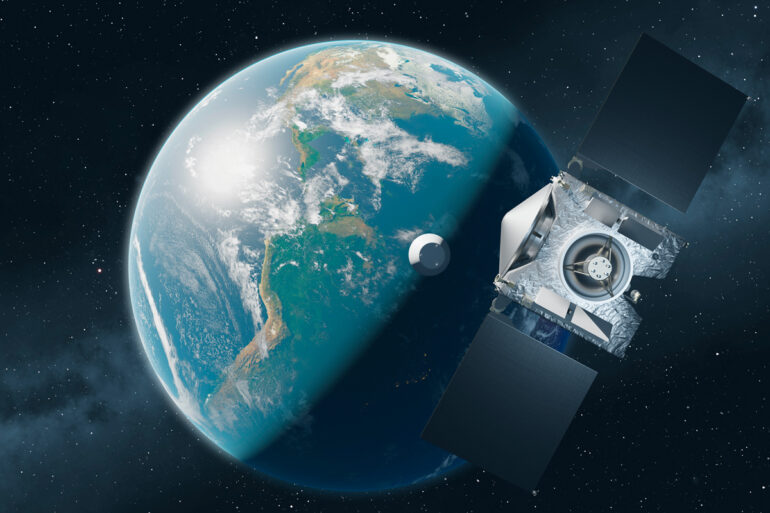Earth is constantly bombarded by fragments of rock and ice, also known as meteoroids, from outer space. Most of the meteoroids are as tiny as grains of sand and small pebbles, and they completely burn up high in the atmosphere. You can see meteoroids larger than about a golf ball when they light up as meteors or shooting stars on a dark, clear night.
While very small meteoroids are common, larger ones – bigger than a dishwasher – are not.
Meteoroids are difficult objects for aerospace and geophysics researchers like us to study, because we can’t usually predict when and where they will hit the atmosphere. But on very rare occasions, we can study artificial objects that enter the atmosphere much like a meteoroid would.
These objects come from space missions designed to transport physical extraterrestrial samples from outer space to Earth. Because of this similarity to meteoroids in entry, we often refer to these sample return capsules, or SRCs, as “artificial meteors.”
Over 80 researchers from more than a dozen institutions recently worked together to study such an “artificial meteor” – NASA’s OSIRIS-REx sample return capsule – as it reentered Earth’s atmosphere.
These institutions included Sandia National Laboratories, NASA’s Jet Propulsion Laboratory, Los Alamos National Laboratory, the Defense Threat Reduction Agency, TDA Research Inc., the University of Hawaii, the Air Force Research Laboratory, the Atomic Weapons Establishment Blacknest, Boise State University, Idaho National Laboratory, Johns Hopkins University, Kochi University of Technology, Nevada National Security Site, Southern Methodist University, the University of Memphis and Oklahoma State University.
This sample return provided our teams with a unique opportunity to measure the sound waves and other phenomena that objects from space produce as they speed through the Earth’s atmosphere.
To capture signals, we installed many sensitive microphones and other instruments in key locations close to the SRC’s flight path.
While space agencies and private companies launch objects into space all the time, the OSIRIS-REx SRC is one of only a handful of objects to return to Earth from interplanetary space since the end of the Apollo missions. Only these objects can achieve the speed of natural meteoroids, making their reentry valuable for studying the properties of natural objects.
Sampling an asteroid
NASA launched the Origins, Spectral Interpretation, Resource Identification, Security, Regolith Explorer, or OSIRIS-REx, mission on Sept. 8, 2016. It traveled to Bennu, a near-Earth asteroid, and collected a sample from its surface in October of 2020.
The OSIRIS-REx mission collected a sample from Bennu, a carbon-rich asteroid.
The sample returned to Earth in the early morning of Sept. 24, 2023, in a sample return capsule. The SRC reentered Earth’s atmosphere over the…



